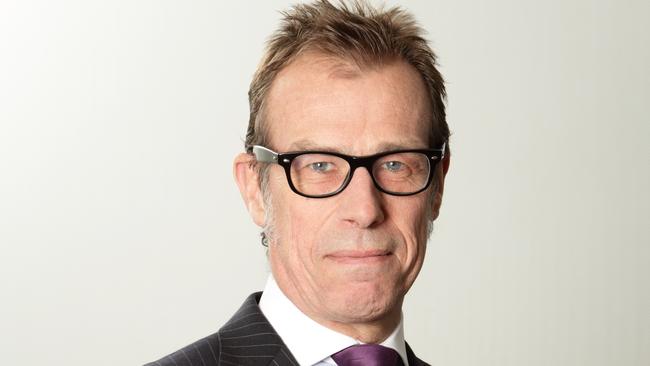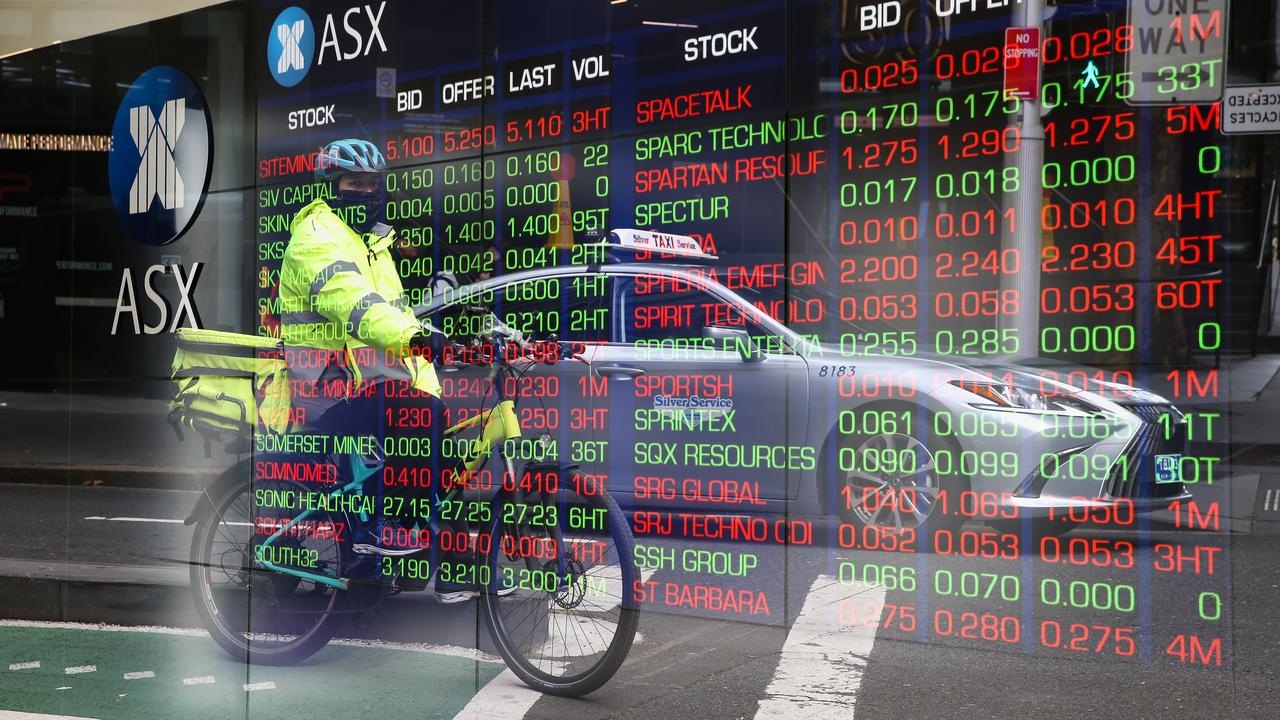Consensus points to a pause in the RBA’s interest rate rises and a benefit to the sharemarket
Although the likelihood of rate increases has decreased in recent weeks, the market pricing of zero chance would appear to be over the top.

Economists see less chance of further interest rate rises after monthly CPI data suggested inflation has peaked, while traders bet that the Reserve Bank has finished its fastest lift of rates in decades.
Commonwealth Bank and NAB have scrapped their previous calls for a 25 basis points rate increase in April.
Instead they predict the central bank will deliver a final 25 basis points increase to 3.85 per cent in May. Westpac took that view earlier this month. ANZ is the only major bank still predicting two more 25 basis point rate rises by the Reserve Bank.
Traders essentially priced out the RBA rate rises three weeks ago after the collapse of Silicon Valley Bank sparked a crisis of confidence among US regional banks that spilt over to Europe.
A decision to keep rates on hold could give a major boost to the Australian sharemarket.
The Aussie dollar could suffer from expectations of narrowing interest rate differentials, potentially boosting profits for the big Australian miners and other offshore income earners. The end of hikes would also support the residential property market.
No doubt the RBA is less likely to raise rates than it was before the CPI data. But a key question is whether there’s no chance of an increase to the cash rate, as market pricing now implies.
Certainly a decision to increase would be a negative surprise to the bond market.
Even before the recent crisis among offshore banks, minutes from the RBA’s March board meeting said members “agreed to reconsider the case for a pause at the following meeting” to reassess the economic outlook. Upcoming releases of employment, inflation, retail trade and business surveys “would provide important additional information, as would developments in the global economy”.
US and euro-area recession risks have risen, although it’s too soon to predict a credit crunch.
February employment data rebounded moderately after a Covid-19 related dip.
However, job vacancies data fell for a third consecutive quarter, driven by retail trade. The February retail trade data confirmed a flat underlying trend. NAB’s business survey remained strong, with high capacity utilisation and inflationary pressure.
Despite its shortcomings, the monthly CPI data gives the RBA a pretext to pause as it probably wants to do after raising by 350 basis points in 11 months, particularly with the offshore banking crisis potentially turning into a credit crunch.
But the lower-than-expected February CPI data is “not sufficient” for the RBA to pause its rate increases at next week’s meeting, according to GSFM investment strategist Stephen Miller.

“For one thing, the monthly indicator has only abbreviated coverage of the basket of goods measured by the quarterly CPI, and in any case inflation remains at elevated levels in an absolute sense and relative to elsewhere in the developed country complex,” Mr Miller says.
“Second, some of the decline appears to reflect seasonal factors – the seasonally adjusted series slowed less sharply to 7.1 per cent from 7.3 per cent.
“Third, other important data prints at the very least suggest some caution in asserting that inflation has meaningfully peaked.”
His view is the RBA’s cash rate “needs a 4 handle” for the central bank to adequately contain inflation.
Mr Miller says NAB’s business survey for March and the February labour force data “unambiguously move the policy rate calculus toward a further increase in April”.
Measures of the “inflation pulse” from the NAB survey indicate inflation pressures “remain extremely elevated” into the March quarter 2023.
The three-month annualised measures of labour costs and retail prices rose 10.2 per cent and 9.5 per cent respectively, and while they are down from their peaks, they remain at historically high levels compared with the trimmed-mean CPI.
“That implies some upside risk to the RBA’s current trimmed-mean CPI inflation forecast even if the monthly indicator suggests otherwise,” Mr Miller says.
December quarter national accounts revealed a steep fall in productivity – GDP per hour worked fell 3.5 per cent over the year to the December quarter 2022, meaning that unit labour costs, the most relevant labour cost gauge for inflation, increased by more than 7 per cent.
“That may indicate that inflation, rather than reaching a peak, might simply be at a plateau, or at the very least that the path back toward the RBA inflation target might be a lot more elongated than anticipated,” says Mr Miller, a former head of fixed income at BlackRock.
The February labour force report showed strong increases in employment, an unemployment rate that at 3.5 per cent is close to 50-year lows, and a sharp increase in hours worked.
February retail sales “weren’t inconsistent with ongoing resilience in consumer spending” and the monthly CPI indicator was “not sufficient” to warrant a pause, in the context of other data prints and still-elevated inflation.
It comes as the ACTU said this week it will pursue a 7 per cent wage increase for workers subject to minimum wage and award wage arrangements at the Fair Work Commission’s review.
It’s a “worrying portent” and the government’s indication it would support an increase in the minimum wage in line with inflation in its submission to the review is a “concern”.
“While well-intentioned, such a move may simply spur inflation pressures as it ripples through the award system and beyond, at a time when productivity has been going backwards,” Miller says.
“It is also unlikely to achieve its stated aim of lifting living standards of low-paid workers, as any gains are eaten up by higher living costs – inflation and interest rates – or higher unemployment. It is also a development that should worry an inflation-focused RBA.”



